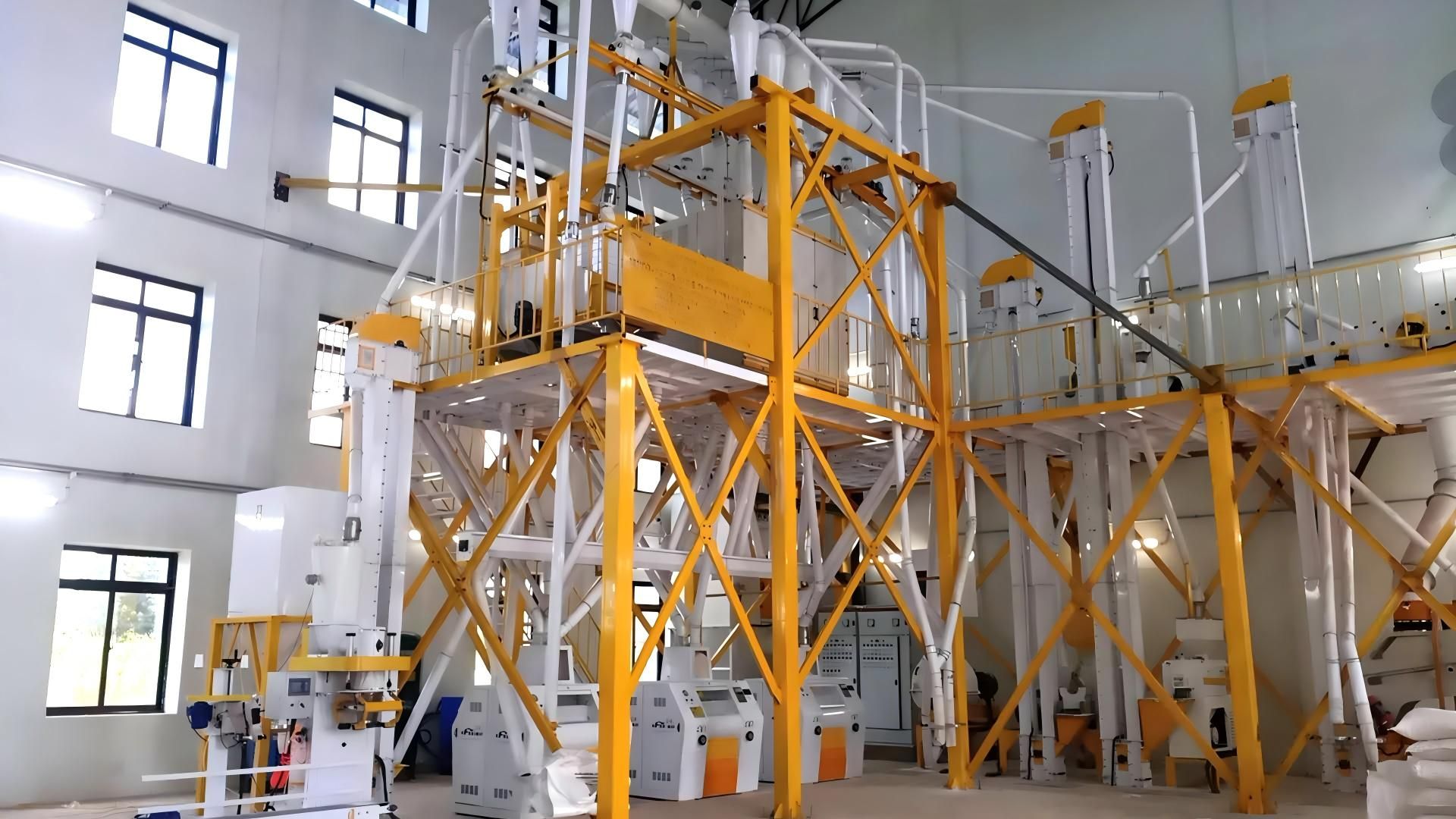Working Principle of Milling in Maize Flour Milling Plant
Maize flour, a staple food for millions worldwide, undergoes a series of precise processing steps to transform raw maize kernels into the fine flour used in countless culinary applications. Among these steps, milling stands out as one of the most crucial processes. It involves the mechanical breakdown of maize kernels into fine flour particles suitable for food production.
The milling principle in a maize flour milling plant is both intricate and essential, as it directly determines the quality, texture, and consistency of the final product. In this discussion, we will delve deeper into the core mechanisms behind maize milling—exploring how this process works, why it matters, and how it contributes to efficient, high-quality flour production.
1. Initial Cleaning and Conditioning
Before the maize kernels enter the milling stage, they first go through an initial cleaning process to remove impurities such as dust, stones, husks, and other foreign materials. This step is essential to ensure that only high-quality maize is used for milling, protecting the machinery and improving the overall yield.
After cleaning, the kernels are conditioned—usually by adding a controlled amount of water. This process softens the grains, enhances their elasticity, and helps achieve an optimal moisture level. Proper conditioning is vital, as it directly influences the efficiency of the milling operation and the consistency, texture, and quality of the final maize flour.
2. Breaking and Separation
The initial stage of the milling process involves breaking the maize kernels into smaller pieces. This is typically accomplished using machines called degerminators or break machines, which apply mechanical force to fracture the kernels.
The purpose of this step is to separate the maize into its key components: endosperm, germ, and bran. The endosperm, being the main part used for flour production, is carefully extracted during this process to ensure maximum yield and optimal quality for the subsequent milling stages.

3. Milling Rolls and Sifting
The heart of the maize milling process is the use of milling rolls—pairs of cylindrical rollers that rotate in opposite directions. These rolls exert controlled pressure on the maize fragments, gradually reducing them into finer particles. Different types of rolls, such as smooth rolls and fluted rolls, are used to achieve specific particle sizes and flour characteristics.
After milling, the ground particles are passed through a series of sieves or sifters. This sifting process separates the particles based on size and further refines the flour. The resulting fractions are categorized as semolina, middlings, and bran. Semolina represents the coarser particles, middlings consist of intermediate-sized particles, and bran is the outer protective layer of the maize kernel.
4. Purification and Classification
To produce high-quality maize flour, the milled fractions undergo additional purification and classification. This process employs specialized equipment such as air aspirators, magnetic separators, and gravity tables. These machines effectively remove any remaining impurities, including dust, husks, and small stones, ensuring that the final flour is clean, safe, and suitable for consumption.
5. Reduction and Grading
The semolina and middlings obtained from the sifting process undergo further processing to achieve the desired particle size and texture. This stage, known as reduction, involves passing the particles through a series of roller mills to produce finer flour.
Once reduced, the flour is graded according to particle size. Different grades of maize flour are then used for a variety of culinary applications, ensuring that the final product meets specific quality and usage requirements.
6. Final Blending
In certain cases, maize flour products need to meet specific quality attributes, such as color, protein content, or texture. To achieve these desired characteristics, different grades of flour are carefully blended in precise ratios.
This controlled blending process enables manufacturers to produce customized flour blends that meet the exact requirements of their customers and the intended end products, ensuring consistency and high quality across every batch.
7. Packaging and Distribution
The final stage of the maize flour milling process is packaging, where the finished flour is packed into suitable containers for storage and distribution. Modern milling plants often employ automated packaging lines to ensure accuracy, efficiency, and hygiene.
Once packaged, the maize flour is ready for distribution to markets, retailers, and consumers, completing the production cycle and delivering a high-quality product to the end user.
Conclusion
The milling process in a maize milling plant is a complex, multi-stage operation that transforms raw maize kernels into high-quality flour. It involves breaking, separating, grinding, sifting, and refining the kernels, all of which depend on the precise use of mechanical equipment and careful control of factors such as moisture content and particle size.
This process is essential for ensuring the quality, consistency, and specific characteristics of maize flour, making it a cornerstone of maize flour production and a critical contributor to the supply of this staple food consumed worldwide.


